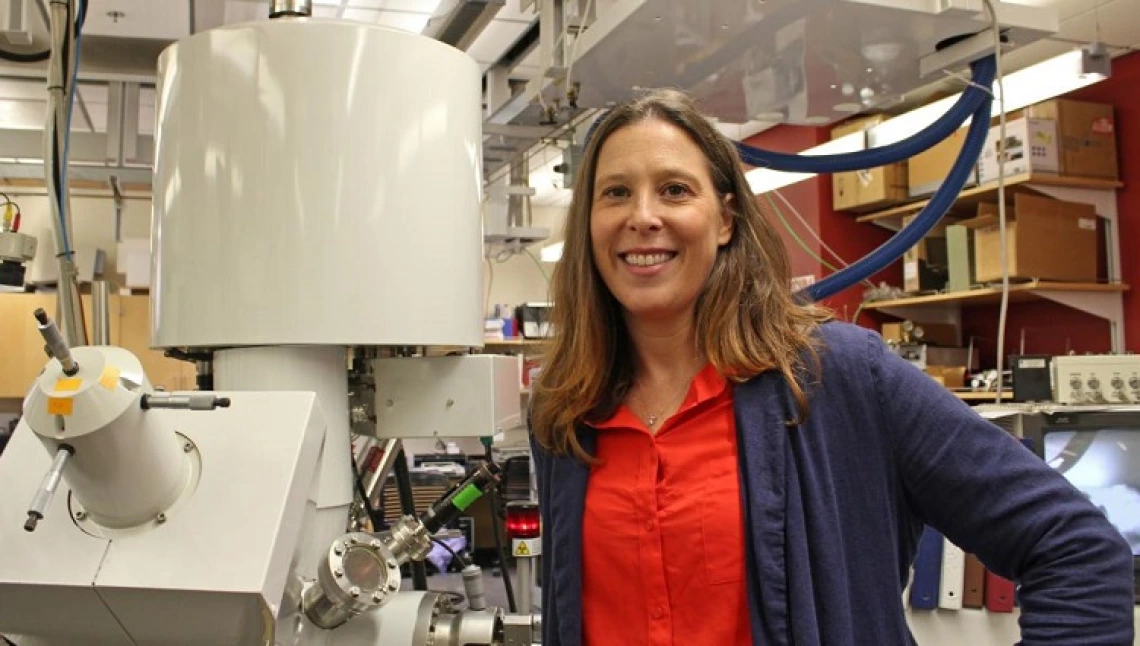Developing Devices To See How Sweat Reflects Health

A multidisciplinary team of University of Arizona researchers is developing new methods to collect and analyze sweat for clues about how the body is functioning. The team is combining materials science, chemistry and medicine to develop a wearable technology that could allow physicians to use patient sweat samples in the same way they currently use blood samples. This could offer a less invasive and more informative approach to establishing and monitoring patient health.
Using $519,000 in funding from the SEMI Nano-Bio Materials Consortium, or SEMI-NBMC, Erin Ratcliff, MSE assistant professor and head of the UArizona Laboratory for Interface Science of Printable Electronic Materials, is working with sweat biomarker pioneer Dr. Esther Sternberg and J. Ray Runyon, a research assistant professor in the Department of Environmental Science.
The team’s first task is to develop new, continuous and hands-free collection devices that deliver high-quality, standardized sweat samples. This will allow health care professionals to gain a more holistic picture of a patient's bodily systems over an extended period, rather than the “snapshot” a blood draw can provide of a particular moment.
"In order to measure the status of the immune system without stressing an individual, one needed to get at immune molecules in a different way than drawing blood, because if you draw blood, you need to stick a needle in a person, and that's a stressor," Sternberg said in an interview with Tucson Weekly. "If you're trying to understand how the stress response affects the immune response, you need to have a noninvasive, unobtrusive way of measuring the status of the immune response."
The team is also developing methods for researchers to detect and analyze neuropeptides in the collected samples. Used by neurons to communicate with each other, these small molecules are involved in biological functions, including metabolism, reproduction and memory. Commercial wearable devices monitor metrics like heart rate, and some use sweat sensors to monitor dehydration level. Measuring neuropeptides, however, will allow researchers to zoom in millions of times closer to investigate stress and relaxation responses at the molecular level.
“The idea is that your sweat is reflecting your nervous system – all of the neurotransmitters your body uses to signal between the brain and the rest of the body,” Ratcliff said. “Monitoring this biochemical response continually, over a 24-hour cycle, can inform us about the health of the wearer and also act as a diagnostic tool.”
